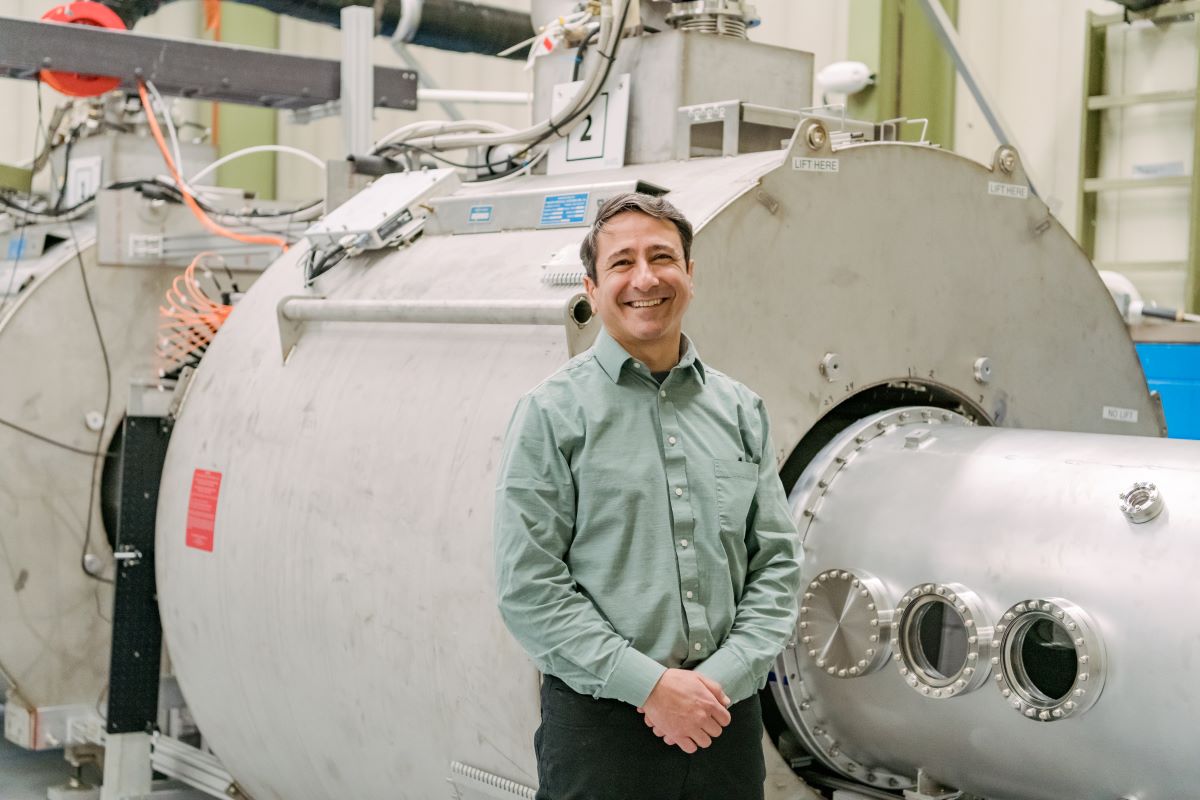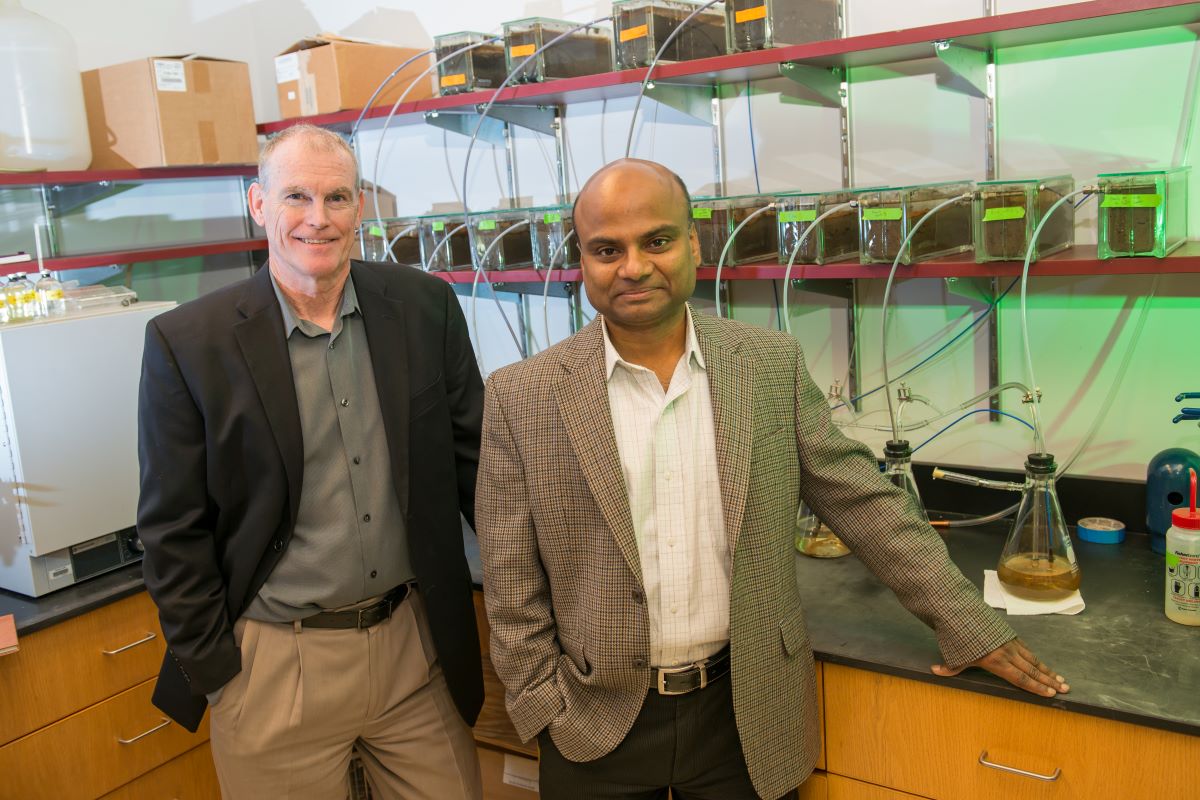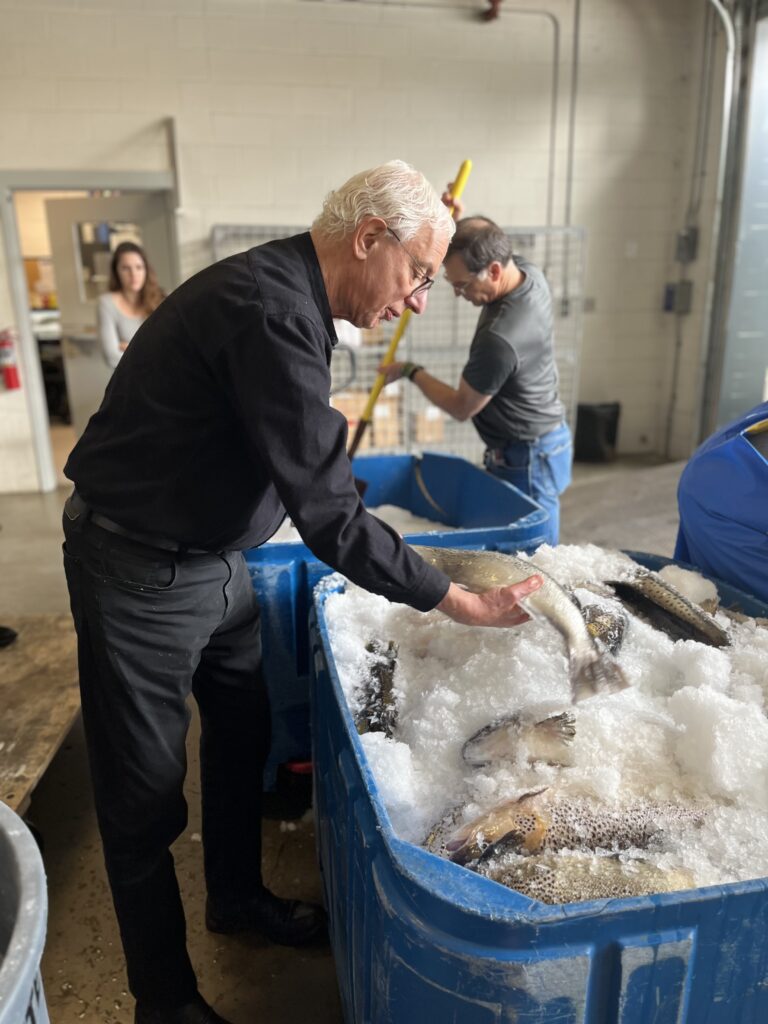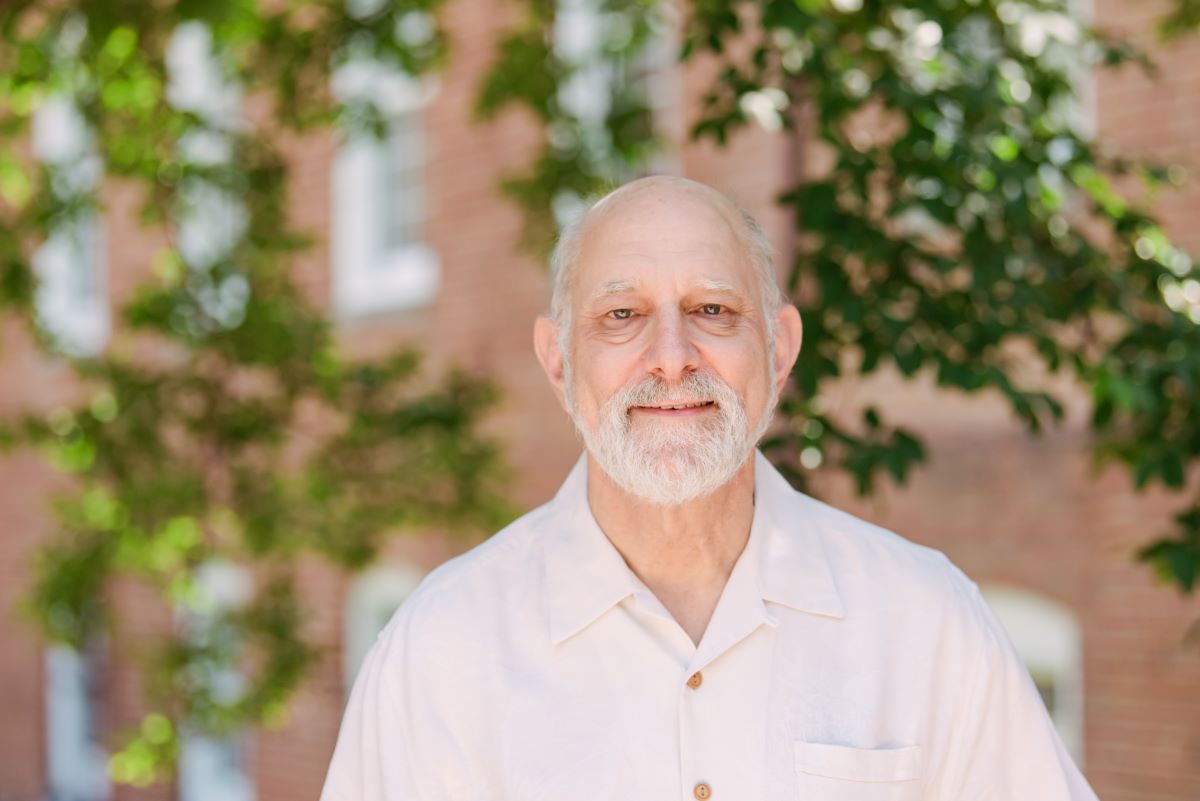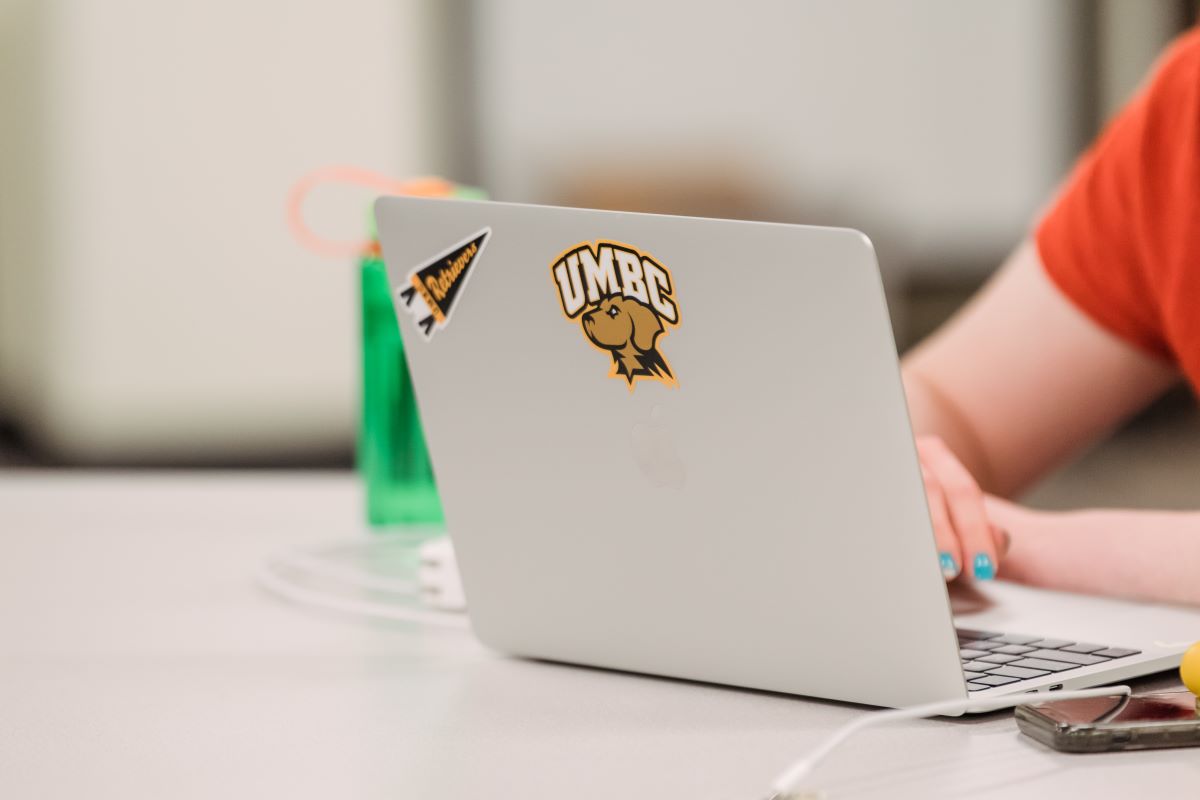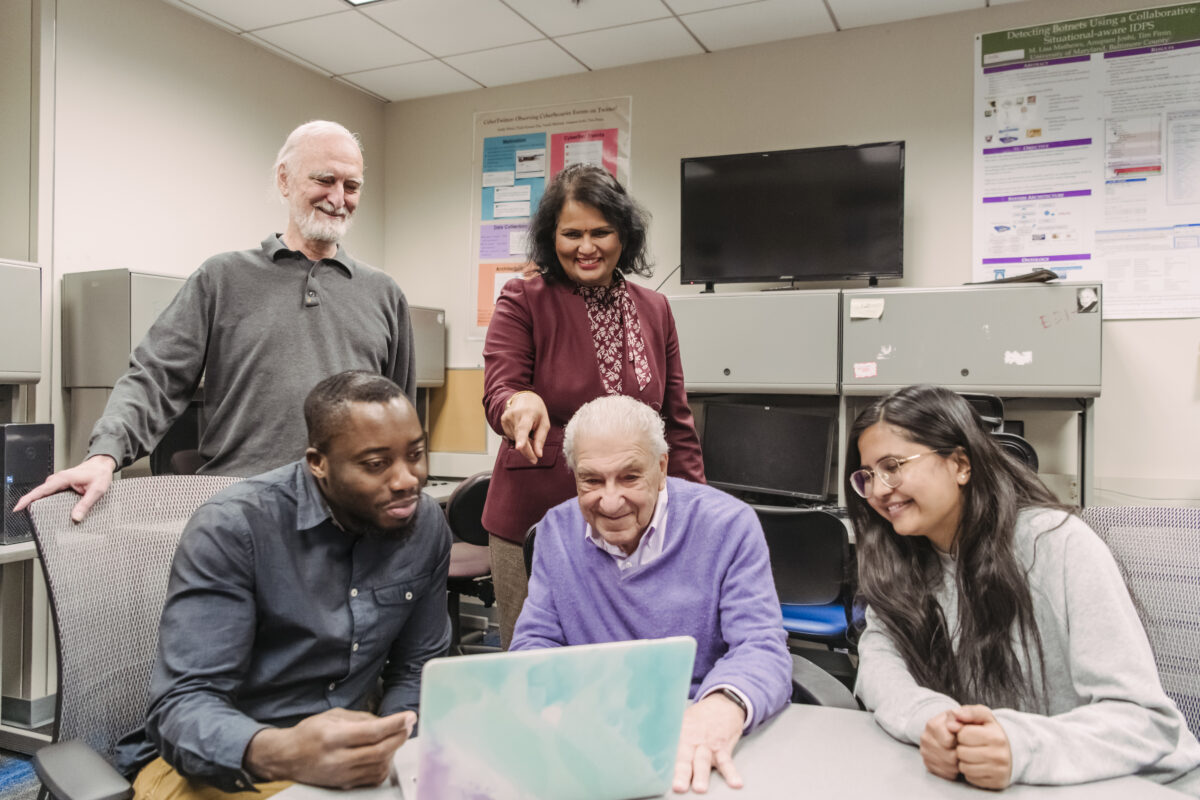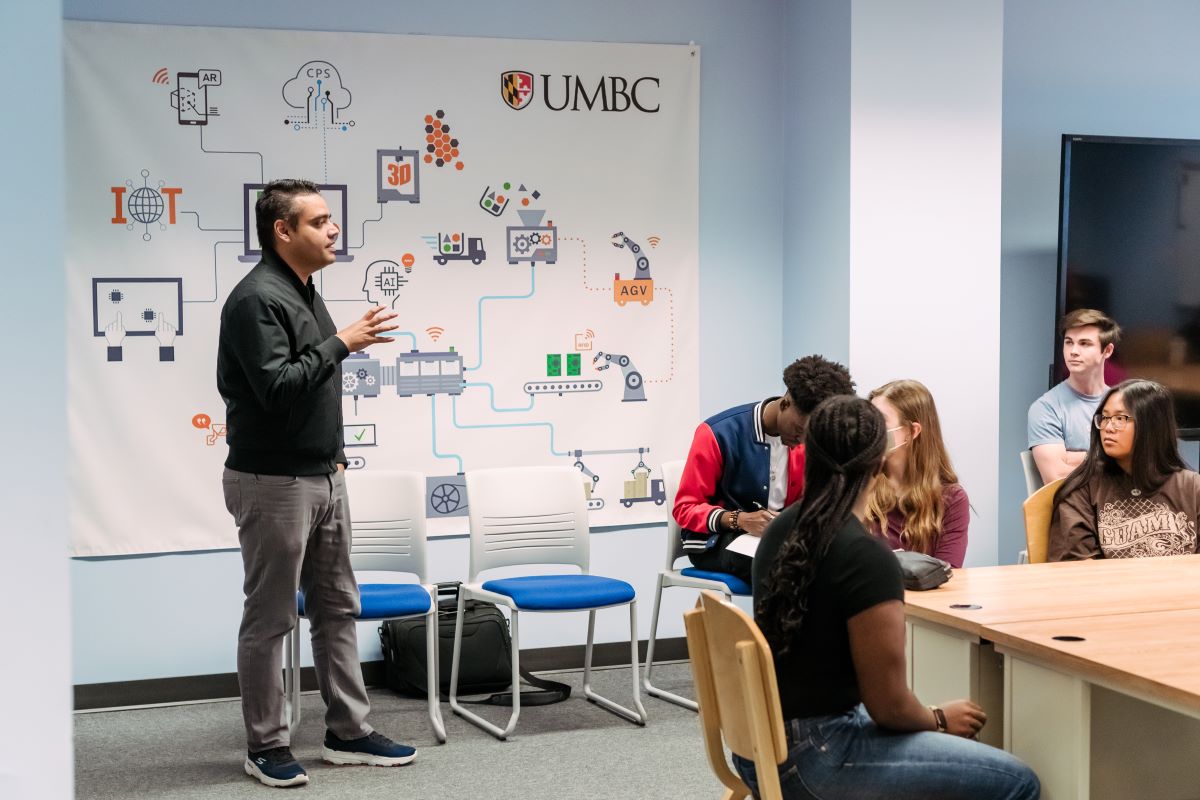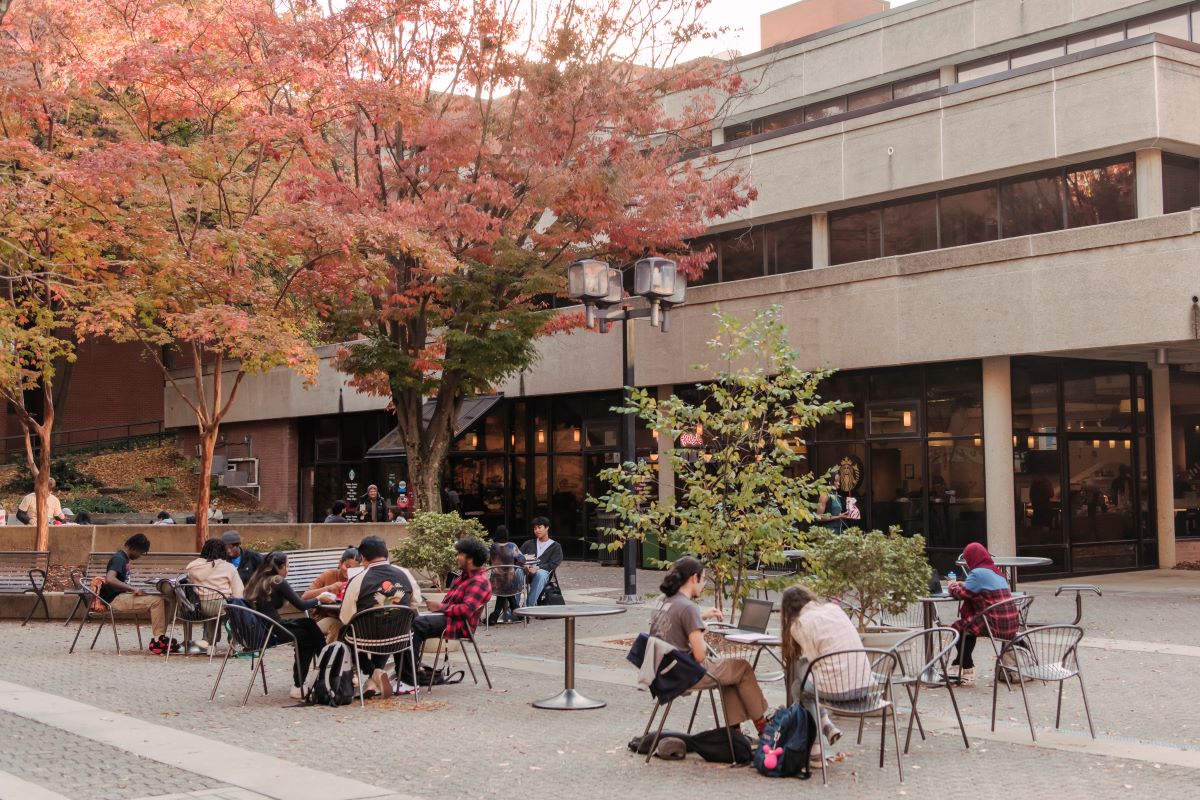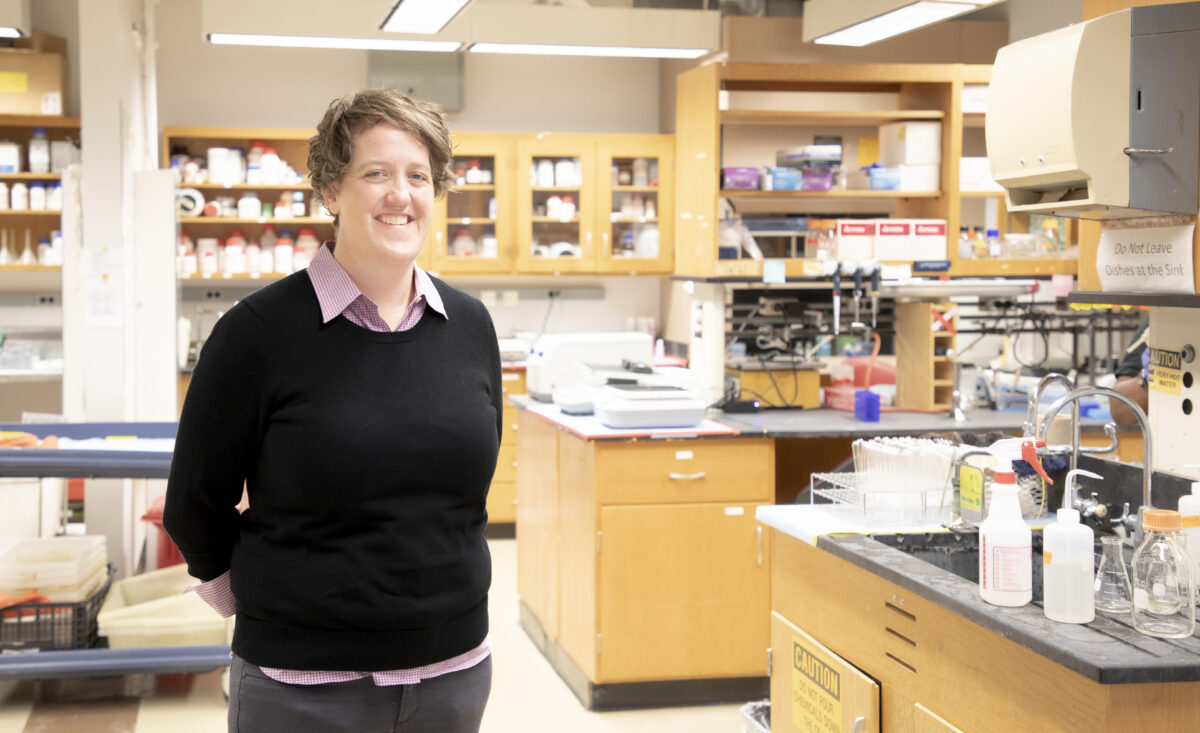William Gao, mentee of UMBC statistician Yi Huang, named finalist in Regeneron Talent Search
Gao and Huang’s research led to the development of a mobile diagnostic system to identify cancerous regions in tumor samples, which they hope will eventually benefit patients in remote areas. Gao will participate in a week-long final Regeneron Talent Search competition next week in Washington, D.C., where he and the other finalists will compete for more than $1.8 million in awards. Continue Reading William Gao, mentee of UMBC statistician Yi Huang, named finalist in Regeneron Talent Search


